During a business trip in Slovakia, deep and up in the Tatra mountains. The weather forecast was telling of upcoming bad weather, but as I am a mountain person myself, I was not at all surprised, nor did I need the warning. I could feel the storm brewing, long before I read the forecast; the air becomes crisp, luminosity changes to sort of dull, wind picks up, and of course, the dark descends.
For someone who was born up there and had lived in the mountains, this foretelling is something that can’t really be explained, it’s more like a feeling in the bones. What is certain is that, summer or winter, a change in weather comes fast. At times, if caught unaware, a tourist can get in really serious trouble, mainly from hypothermia and exhaustion, even in the summer. Severe drop in temperature, slippery ground, lighting, sudden deadly torrents >>> very dangerous!
These summer storms are not a lengthy affair, usually. They can take 5 minutes, they can take one hour; anything more than that is a sign of a long time indoors or well sheltered, if out in the open.
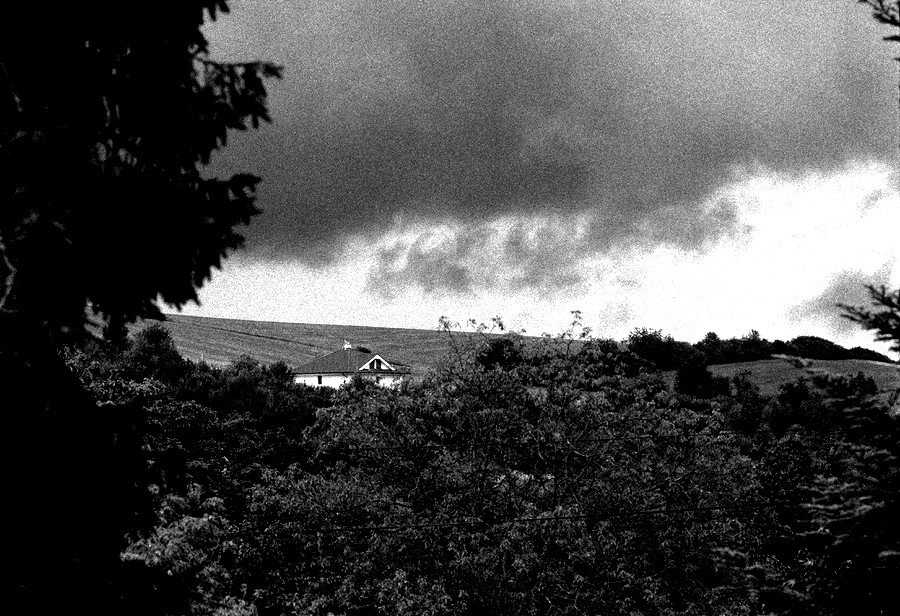
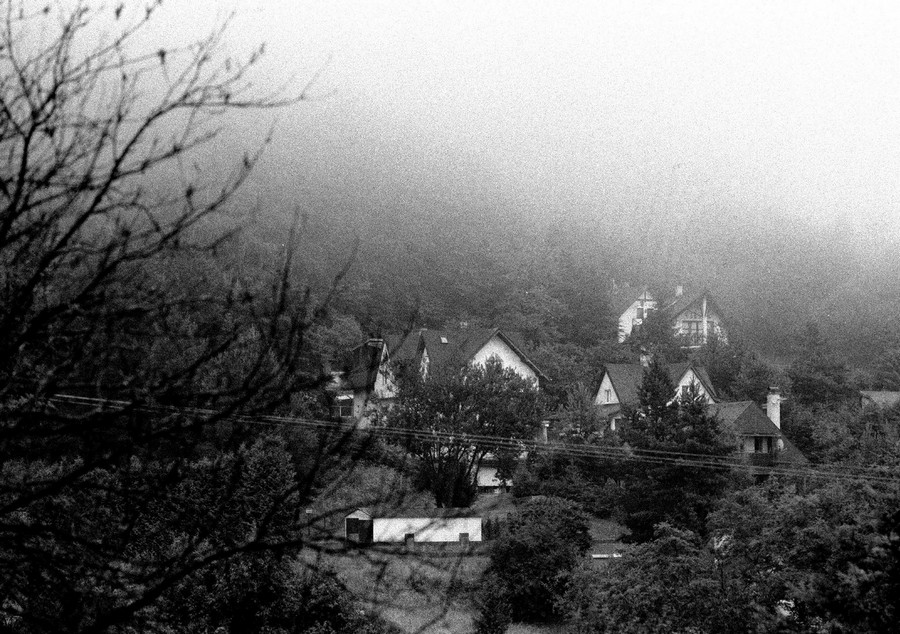
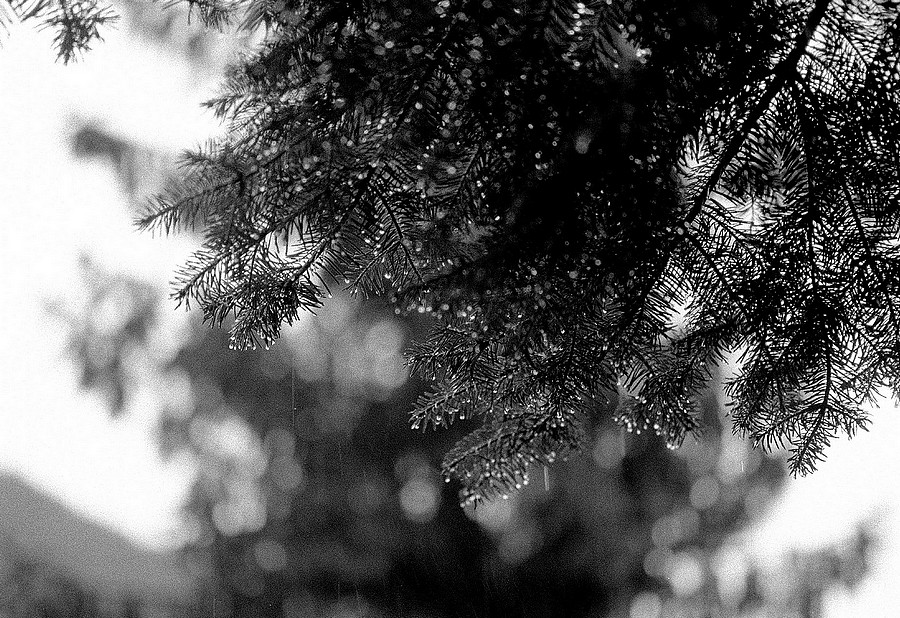
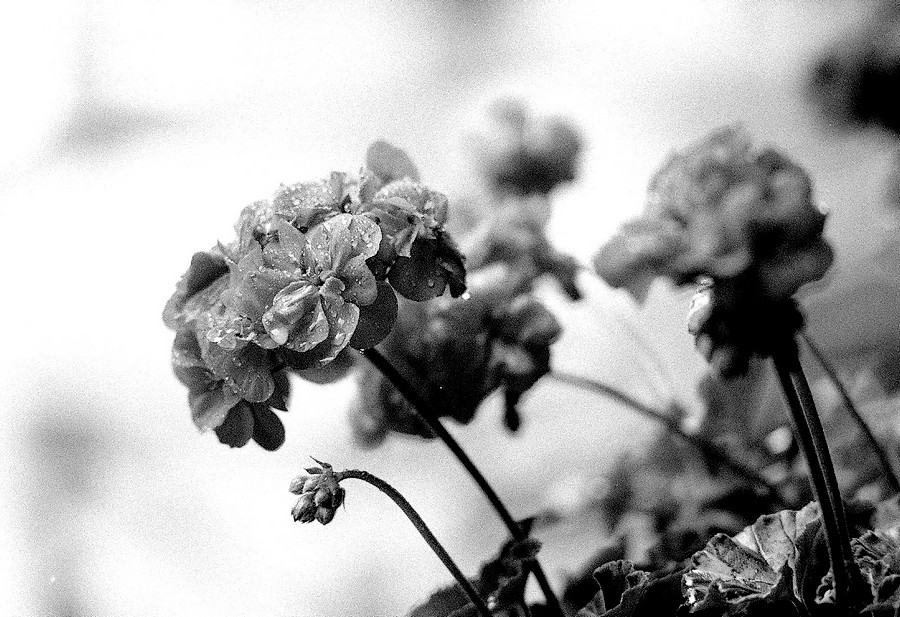
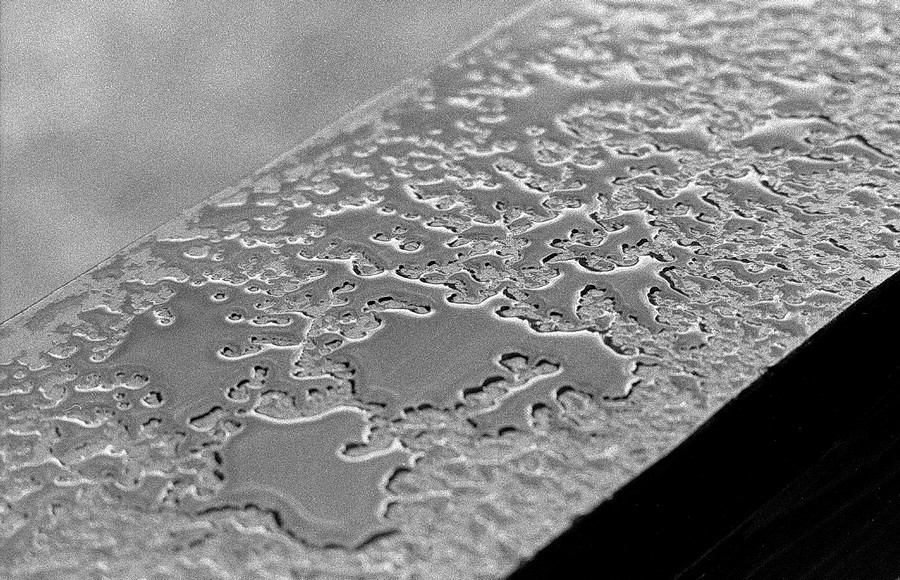
These photographs were taken with a Nikon FM3a, loaded with Agfa APX 400. About half of the film was shot at that speed during the day, but when dark descended, I literally had no choice but to switch to 1600 ASA. Thought to try the 800 but given the very dark skies, I decided to go for 1600. Not a thing I would normally do on the same film with a 400 ASA, but the mountain and the storm decided for me, in this case.
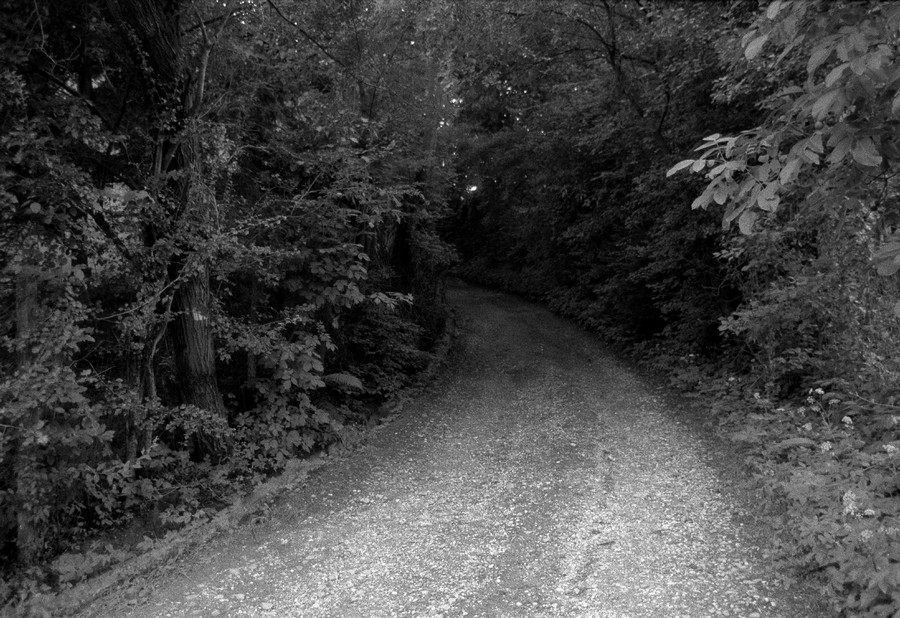
Lens wise, I was shooting some closeups in the forest, with a Nikkor 105/2.5 AI, instead of my 135/2.8 which was not in my bag. So, the storm caught me with that lens on the camera; it came so fast, that I didn’t even time to switch to the 50/2. Yes, that fast.
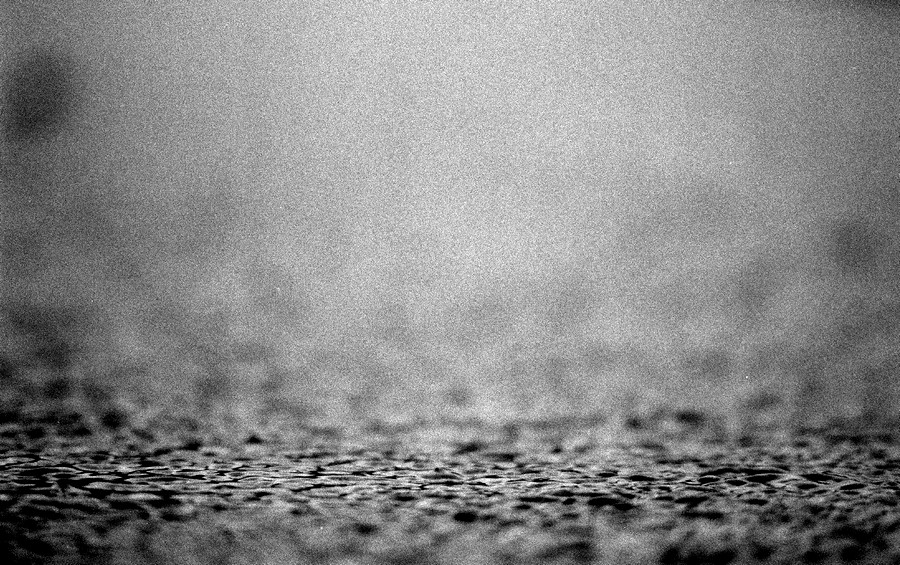
Tried to catch the rain drops hitting the ground here. It came out kind of, well, not that.
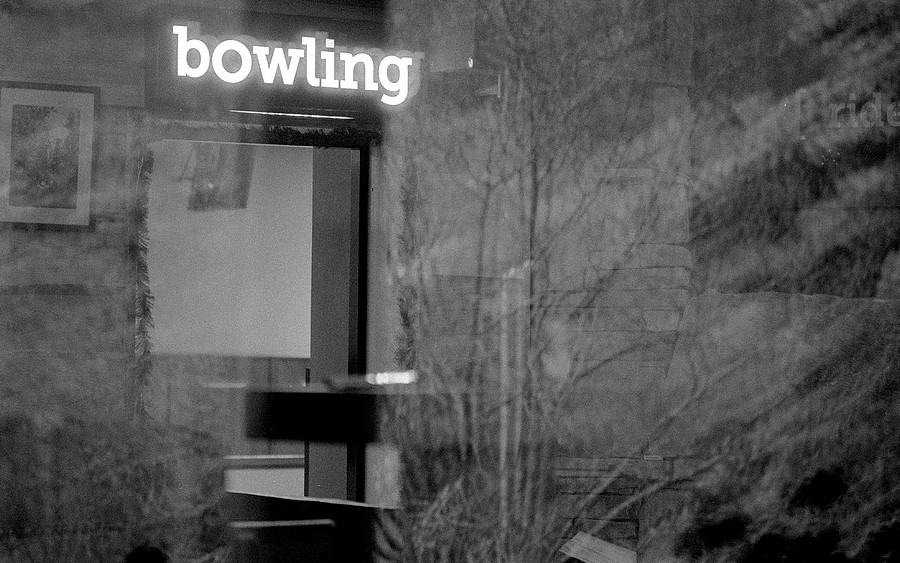
When finally the rain stopped, went for some refreshment in this small log cabin cum restaurant I knew in the woods. It was closed, but the bowling sign was still on. Just my luck.
Processed in Rodinal, which probably was not the best choice for a 2+ push of an Agfa 400 roll. Anyways, the results are grainy, how could it be otherwise. The grain is the size of gravel in at least of couple of the photograph, but I embrace it because it adds to the grittiness of the moment and place. I could get rid of that grain in post, but why would I do that? It would not be fair to the mountain.
Share this post:
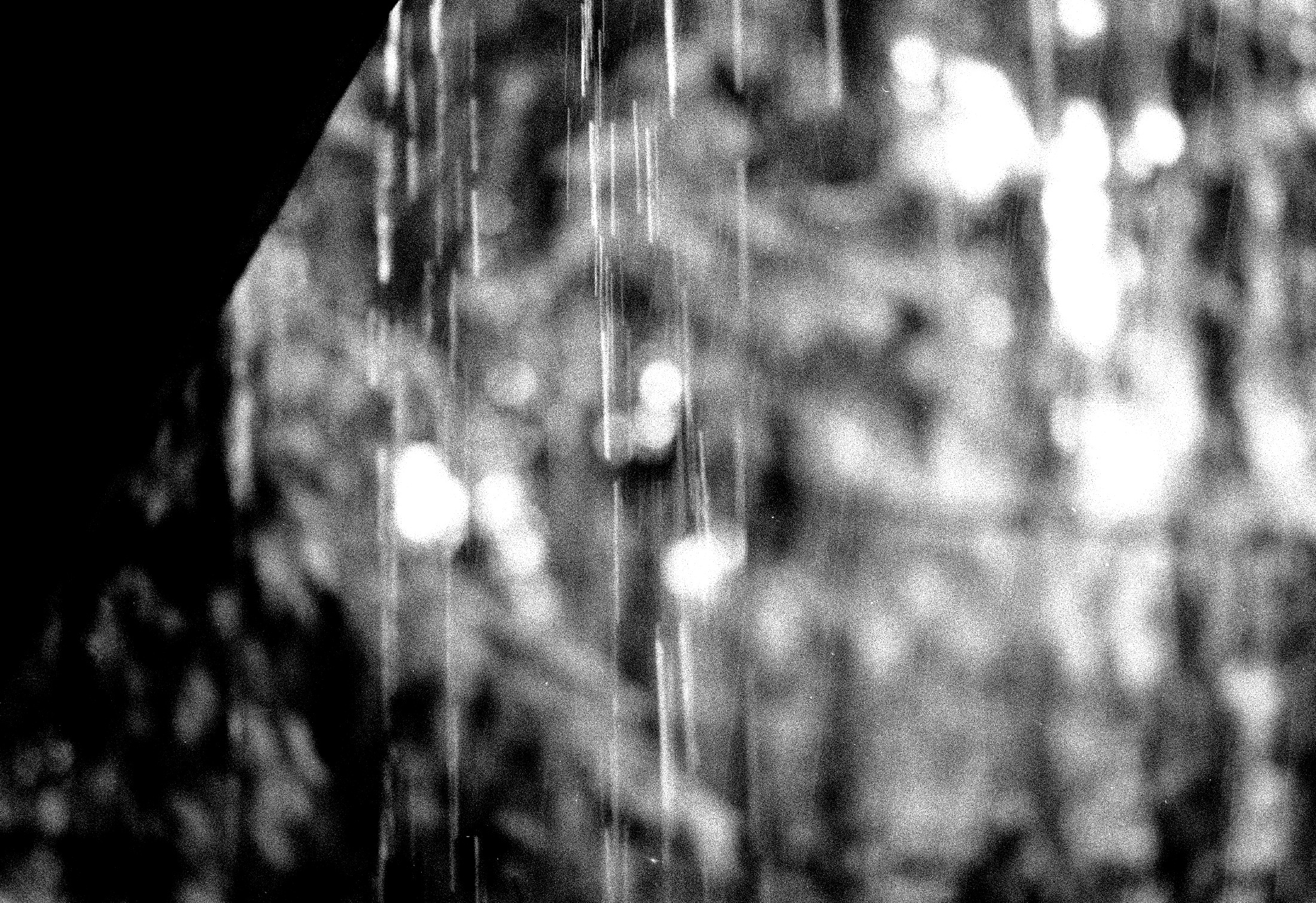
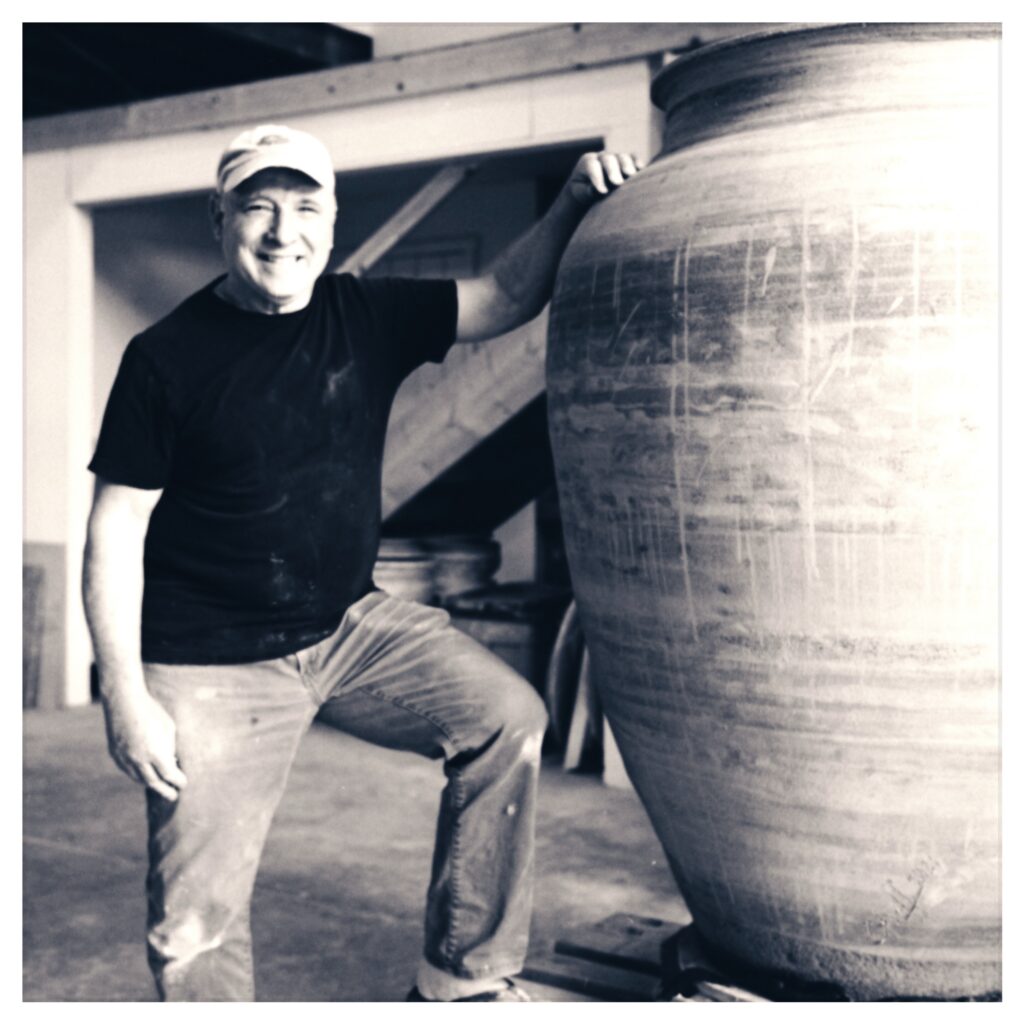
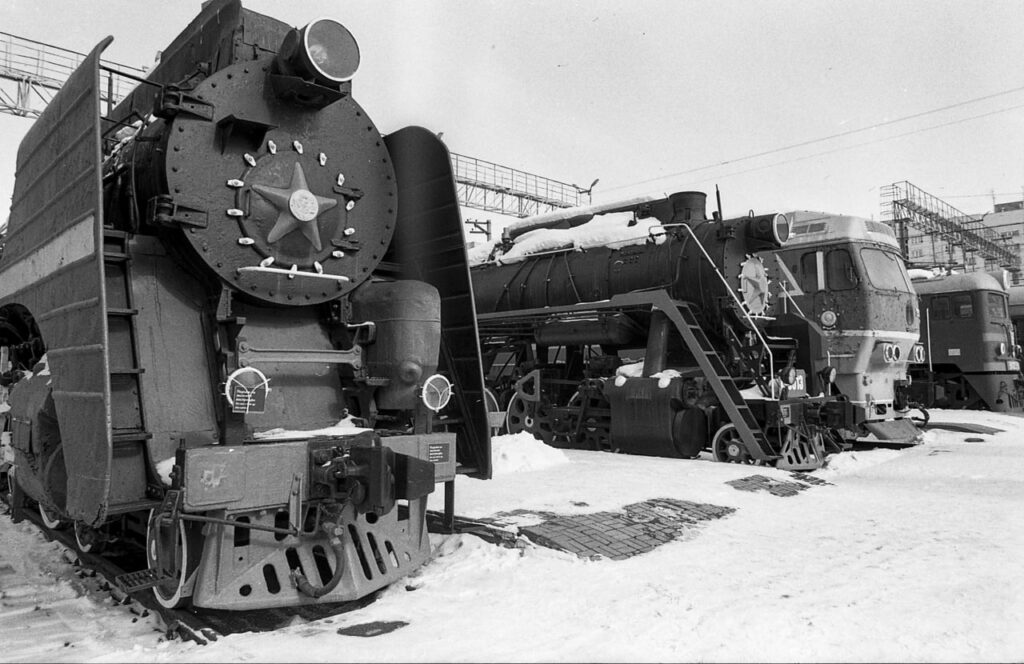
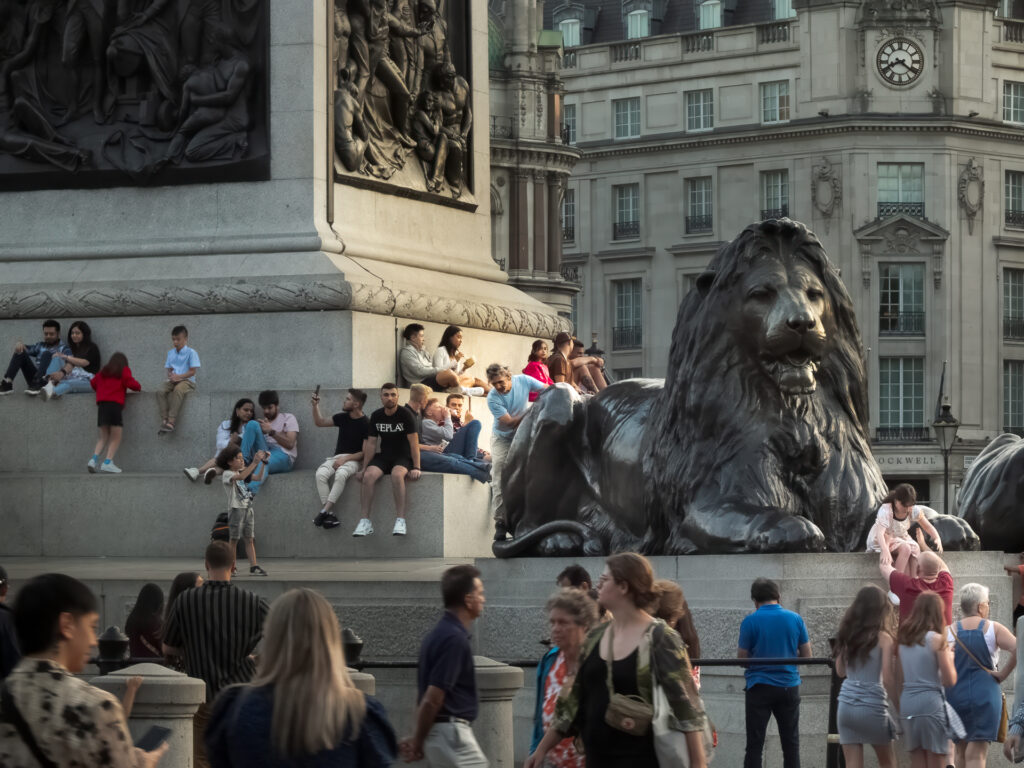
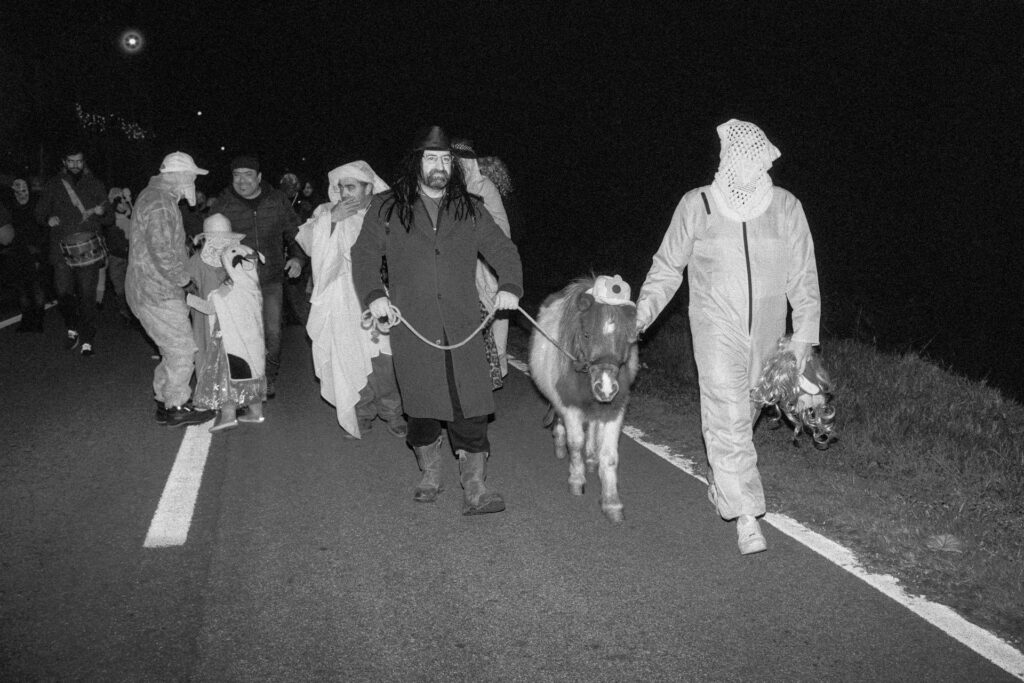




Comments
William Hawkins on Agfa APX 400 pushed to 1600 – When Needs Must
Comment posted: 06/08/2024
I have the 105 2.5 ais Nikkor too and love using it. It is most certainly a classic lens and, to me, much more use than a 135. Gorgeous, wide open.
Comment posted: 06/08/2024
Steviemac on Agfa APX 400 pushed to 1600 – When Needs Must
Comment posted: 06/08/2024
Comment posted: 06/08/2024
Geoff Chaplin on Agfa APX 400 pushed to 1600 – When Needs Must
Comment posted: 06/08/2024
Mountains are beautiful, and dangerous to the unprepared. A good story as always Julian, and good images.
Comment posted: 06/08/2024
Gary Smith on Agfa APX 400 pushed to 1600 – When Needs Must
Comment posted: 06/08/2024
Comment posted: 06/08/2024
Uli Buechsenschuetz on Agfa APX 400 pushed to 1600 – When Needs Must
Comment posted: 06/08/2024
Comment posted: 06/08/2024
Daniel Castelli on Agfa APX 400 pushed to 1600 – When Needs Must
Comment posted: 07/08/2024
I loved the 105 f/2.5 Nikkor! For two years, I shot exclusively with the 105 on a Nikon FTn back in the 1970’s. Just a good kit.
My favorite shot is the road/path leading into blackness. Mysterious and edgy.
Comment posted: 07/08/2024